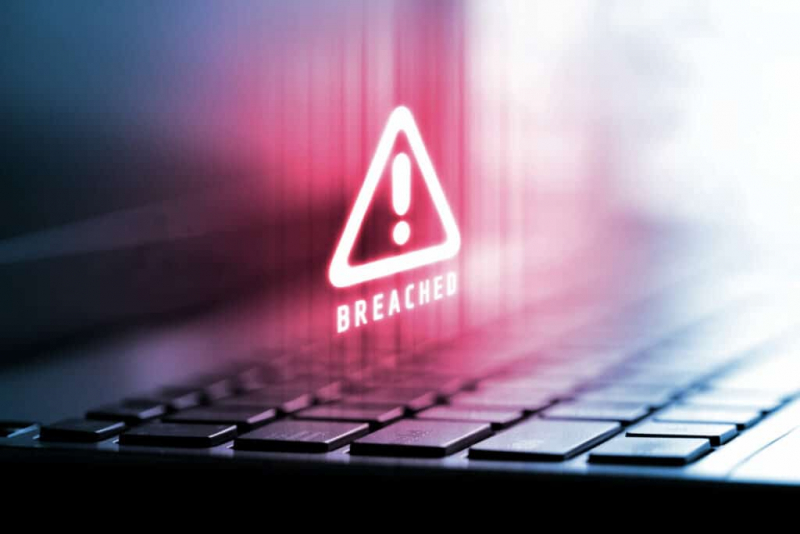It’s 2:08 AM when the alert hits your phone. Unusual outbound traffic from a core server. You log in and your stomach drops—critical systems are acting erratically, and files are being encrypted in real time. This is not a false alarm.
In that moment, the clock starts ticking. What you do in the next hour will shape everything that follows—whether you get away with minimal damage or face weeks of downtime, lost revenue, and public fallout.
The first 60 minutes after a breach aren’t just “important.” They’re make-or-break.
Why the First Hour Matters So Much
Cyberattacks move faster than most teams expect. Ransomware can spread across your network in minutes. Data theft can be completed before you even notice something’s wrong. The longer it takes to respond, the harder it is to contain the damage.
This is why businesses—especially SMBs—can’t afford to “figure it out on the fly.” A well-documented, tested cyber attack response plan isn’t a nice-to-have. It’s the difference between a bad day and a full-blown disaster.

Step 1: Lock Down the Situation
As soon as suspicious activity is confirmed, your priority is containment. That means:
- Isolating compromised devices from the network.
- Disabling affected user accounts.
- Blocking malicious IP addresses at the firewall.
Speed matters, but so does precision. Shutting down the wrong system or killing the wrong process can destroy evidence your investigation will need later.
Step 2: Activate Your Response Team
Time is wasted if no one knows who’s supposed to do what. This is where a template for incident response plan earns its keep. A solid plan clearly names the roles, responsibilities, and communication channels to use when a breach occurs.
Key questions your plan should answer instantly:
- Who leads technical containment efforts?
- Who handles external communications (media, customers, regulators)?
- Which escalation steps trigger involvement from legal, HR, or executives?
When everyone knows their lane, you avoid the chaos that slows response times.
Step 3: Communicate—Carefully
Once you’ve locked down the breach internally, you need to manage communications with precision. This includes:
- Informing internal stakeholders of the situation without speculation.
- Notifying affected customers or partners as required by law or policy.
- Preparing public statements that acknowledge the breach without revealing exploitable details.
Getting this wrong can harm your reputation as much as the breach itself. Transparency is important, but so is timing and accuracy.
Step 4: Preserve Evidence for Investigation
Your instinct might be to wipe systems and “start fresh” immediately. Don’t. Preserving logs, system images, and malware samples is essential for:
- Understanding exactly how the breach happened.
- Closing vulnerabilities so it doesn’t happen again.
- Meeting regulatory and legal requirements.
If you lack in-house forensics capability, involve trusted external specialists right away.
Step 5: Escalate and Involve the Right Partners
Not every breach requires the same escalation path, but know when to call in reinforcements. This can include:
- External cybersecurity firms for deep analysis and remediation.
- Law enforcement if sensitive data or financial theft is involved.
- Regulators if your industry has mandatory reporting requirements.
The earlier these stakeholders are looped in, the more coordinated your recovery will be.
Why Preparation Beats Panic Every Time
Too many organizations treat breaches like fire drills they’ll “figure out if it ever happens.” The problem is, when it does happen, panic takes over. People freeze, blame starts flying, and precious time is lost.
A breach management checklist or IT incident playbook makes sure your team isn’t improvising when seconds count. The best plans are:
- Simple – Easy to follow under stress.
- Tested – Regularly drilled with realistic simulations.
- Accessible – Stored somewhere everyone can reach instantly.
From Breach to Business Continuity
Once containment and investigation are underway, your focus shifts to recovery—restoring systems, securing endpoints, and getting business operations back online.
Having a business continuity after data breach strategy ensures that your customers, employees, and partners can continue working while remediation happens in the background.
Final Word
Breaches aren’t just about prevention—they’re about reaction. In 2025, it’s not a question of if you’ll face a security incident, but when. The organizations that survive with minimal damage are the ones that prepare for that first critical hour.
Write your plan. Test it. Update it. And make sure that when the clock starts ticking, you’re ready to move—fast, focused, and in control.
Because in cybersecurity, the first 60 minutes aren’t just the start of your response—they’re the moment your future gets decided.
Post Comment
Be the first to post comment!


